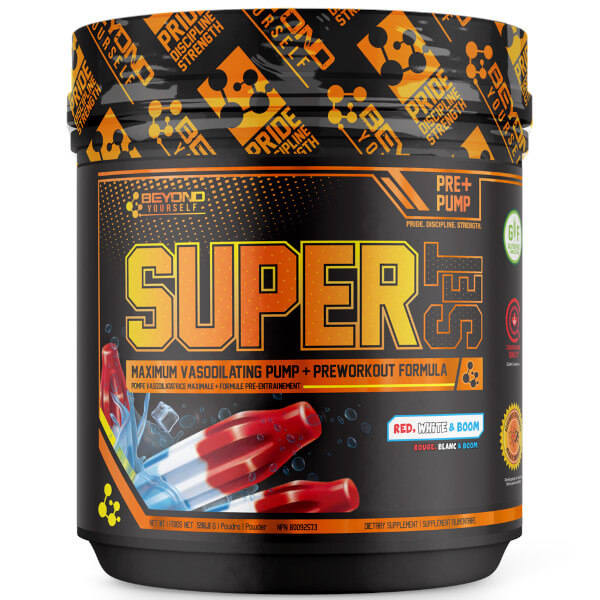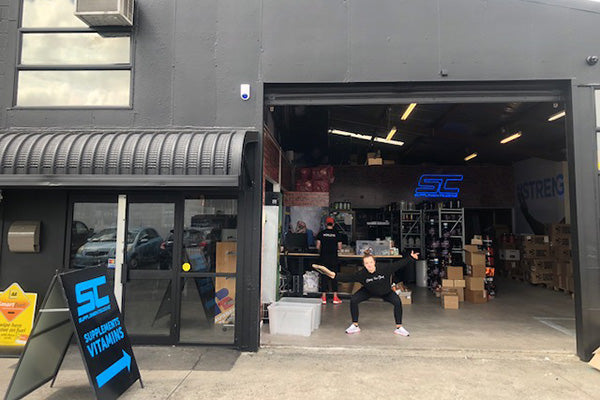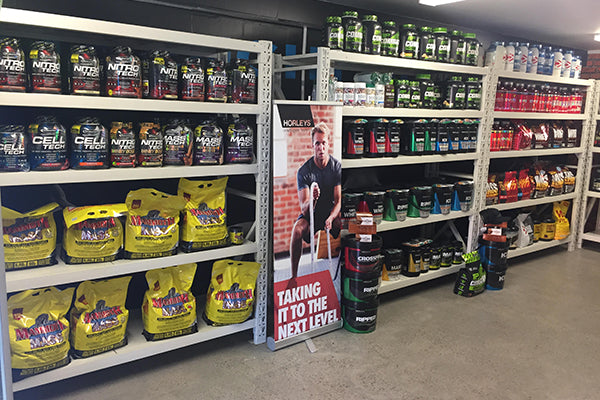The plank is one of those exercises that people tend to either love or hate.
On one hand, the plank is a fantastic exercise. It builds core strength and stability, teaches you how to create and maintain total body tension, and serves as a foundation for transitioning to more difficult core exercises.
On the other hand, it's tough for beginners and it's boring for people who can hold it for minutes at a time. There's not much we can do for the former — just keep working at it, guys. But we can help you get more from your planks if they're starting to get stale.
These six plank variations take this simple exercise to the next level by adding movement, instability, and more. They're not in any particular order, but the reaching plank, single leg plank, and TRX plank are on the easier side.
Reaching Plank
The arm reach might seem like a subtle addition, but don't underestimate it. You lose 1/4 of your base of support every time you reach and that's nothing to scoff at.
- Start with little baby reaches at first, then progress to full extensions.
- Don't let your body rotate as you reach forward — stay in that beautiful plank position.
Single Leg Plank
The single leg plank expands on the concept of the reaching plank. Instead of momentarily decreasing part of your base of support, you'll spend the entire time without it.
- Keep your raised leg close to your body until you're comfortable with the position. The further out it goes, the tougher the exercise becomes.
TRX Plank
The TRX makes it easy to bump up the difficulty of a standard plank. It's not as big of a change as some of the exercises on this list, but you'll still have to contend with the elevated foot position and the instability from the straps.
- Strap height is super important here. The general recommendation is mid-calf height, but don't be afraid to adjust the straps if it feels weird.
- If you're wobbling all over the place, you can spread your feet apart for more support.
Slider Crawl
If you don't already have sliders, they're worth buying just for this exercise. Be warned, though: they're way harder than they look (and they already look hard enough).
- Create a strong pulling motion by using a flat hand and "gripping" the floor.
- Your hips will naturally move side to side and rotate as you crawl, but try to keep them as straight as possible.
Body Saw
The body saw adds a forward/backward movement to the standard plank. It's a little awkward at first, but it'll kick your core into overdrive.
- Like with the crawl, you'll want to drive your hands and forearms into the floor to ensure a strong forward pull and backward push.
- If the motion still doesn't feel right after a few sets, try placing sliders — or a towel on tile/wood floor — under your feet. It's tougher, but tends to feel more natural.
Plank to Pushup
Unlike the other plank variations, the plank to pushup is just as much of an upper body exercise as it is a core exercise.
- Your hips will try to rotate as you switch between positions — try to minimize that motion.
- Other than the crawl, this is the hardest exercise on the list. You can elevate your hands to make it easier.
Try these tougher plank exercises and let us know what you think of them. Or if you have a favorite that we didn't talk about — there are way too many different planks — then tell us about it in the comments.












